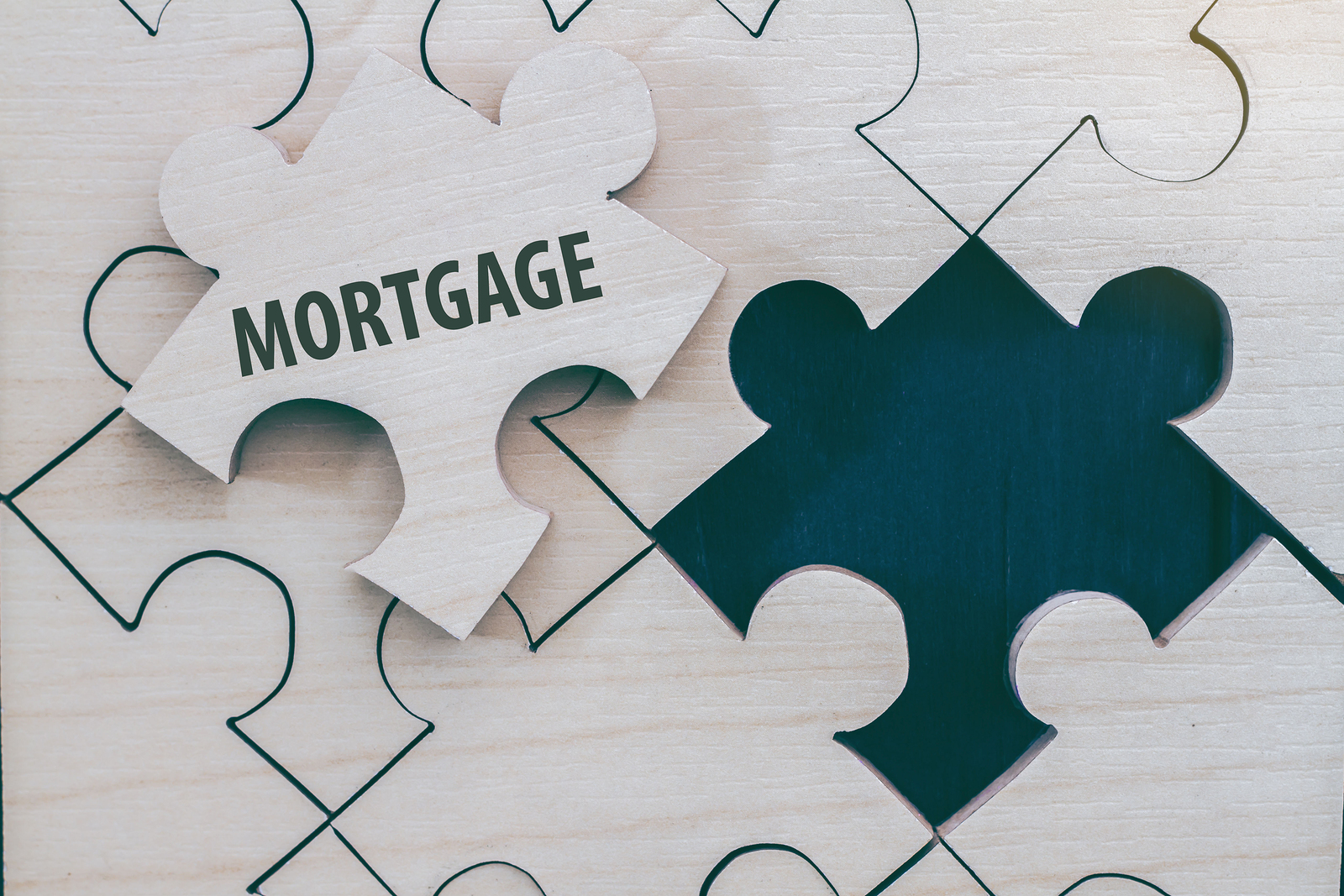For the self-employed, April 15 holds no particular significance, income is often erratic (killing it one month to eating ramen for dinner the next), nobody sends them W-2s at year’s end and their shoebox filing system contains zero paycheck stubs.
If you make a living by driving people around in your personal car, delivering restaurant food, grocery shopping for others, renting out rooms or an entire home to vacationers, delivering packages or freelancing online, you are self-employed.
You are an independent contractor in what is commonly known as the “gig economy.”
While the freedom these vocations offer is amazing, they do come with some drawbacks. One of those you’ll meet up with is when you try to get a mortgage to buy a home.
The mortgage challenge for the self-employed
One of the large real estate portals reported that self-employed workers:
- Earn more than employees
- Have more cash on hand
- As a group, receive 40 percent fewer mortgage quotes than other homebuyers
- Apply for homes that cost 12 percent more, on average, than other borrowers
- Are “twice as likely as other borrowers to report a score of less than 680.”
While none of these factors either automatically qualify or disqualify gig economy workers hoping to get a mortgage, the low credit scores and lack of income documentation do present a challenge.
Deal with the credit score first
Regardless of how well you can document your income, a poor credit score will be your biggest obstacle in obtaining a mortgage.
The simplest way to raise your score is by paying your bills on time and by not applying for new credit. Then, consider the following:
- Pay down your debt (on credit cards, personal loans, etc.)
- Don’t close unused credit cards (they count in your favor)
- Dispute inaccuracies on your credit reports
- Keep credit card balances to 30 percent (or less) of your credit limit
Visit the Federal Trade Commission’s website to learn how to order your free credit report.
Gather up the necessary documentation
While your accountant may tolerate that shoebox full of records, your lender will not. Documentation requirements vary, but you’ll typically need to provide the lender with the following:
- The past two years’ tax returns (with all schedules)
- A profit and loss statement (yes, even gig economy workers will need to supply one). Wells Fargo and Chase offer fill-in PDF profit and loss statements online and Dummies.com offers one that you can download and print.
- Bank statements (your lender will tell you how many are required. Submit all pages, including those that are blank).
These are the basic documents required; your lender may ask for additional information. Also, Fannie Mae guidelines are a bit different and you may be able to qualify with only the most recent tax return.
Additional considerations
Tax deductions are the holy grail for the self-employed because they reduce income and, thus, the amount of taxes owed.
This presents a conundrum when it is time to apply for a mortgage because the opposite is true: you want to show as high an income as possible.
If all else fails:
- Put off buying a home for the next two years and, during that time, cut back on the number of business expenses you write off.
- Save up a large down payment. This will lower the amount of the loan you’ll need to qualify for.
- Consider purchasing a less expensive home that will be easier to qualify for.
Sen. Mark R. Warner (D-Va.), co-sponsor of the Self-Employed Mortgage Access Act, claims that “as many as 42 million Americans — roughly 30 percent of the workforce — are self-employed or in the gig economy,” according to the staff at Bankrate.com.
Thankfully, the mortgage industry is waking up to this fact and easing requirements for some loans.
By the way, we aren’t mortgage or tax experts and urge you to consult with yours if you have any questions.
Powered by WPeMatico






